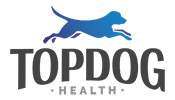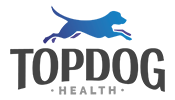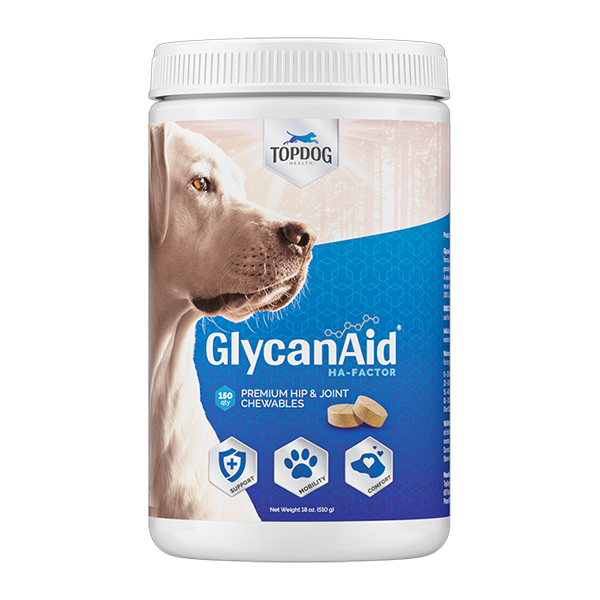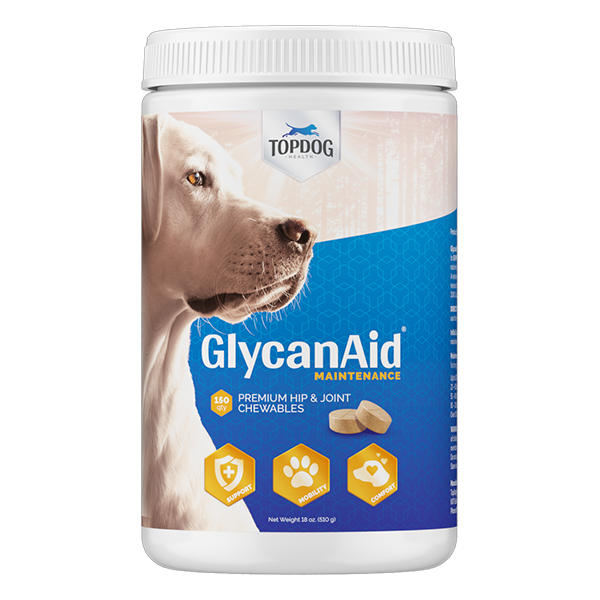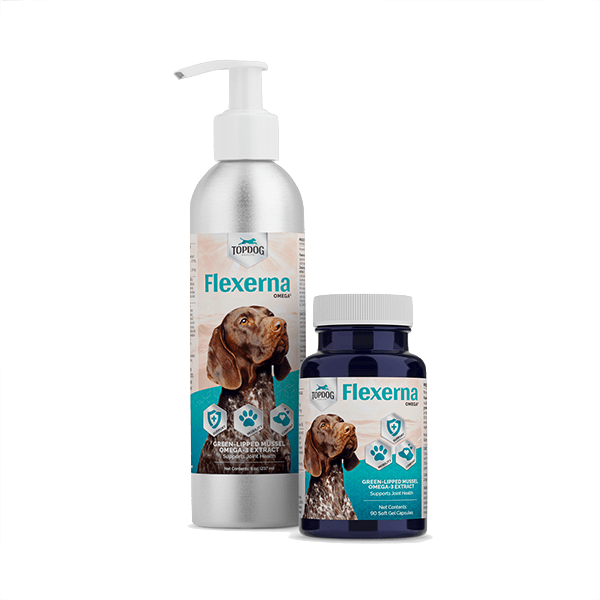You’ve completed the first week of recovery—congratulations! Your dog has started the healing journey, and now we’ll focus on gently encouraging progress. Week 2 is about introducing activities and tools that support healing while ensuring your dog is comfortable and safe.
Let’s dive into this week’s key focus areas.
